Over the past two weeks, the Toronto Maple Leafs have drastically changed their roster. Maple Leafs general manager Kyle Dubas acquired forwards Ryan O’Reilly, Noel Acciari, and Sam Lafferty. He also brought in defensemen Jake McCabe, Luke Schenn, and Erik Gustafsson. By the way, he picked up a 2023 first-round draft pick.
In making these moves, the team subtracted two long-time roster members. They moved out both defenseman Rasmus Sandin (to the Washington Capitals) and forward Pierre Engvall (to the New York Islanders).
The Point of These Trades Is to Win in the Postseason
The point of all these trades is to remove seasons of frustration. Recent Maple Leafs’ teams have done well during the regular season but have not been able to move past the first round of the playoffs. For as good as the team was, it’s been regularly unsuccessful during the postseason.
The organization has, as newcomer Ryan O’Reilly noted, gone “All In.” It’s betting the ranch on these moves to get them past round one of the playoffs.
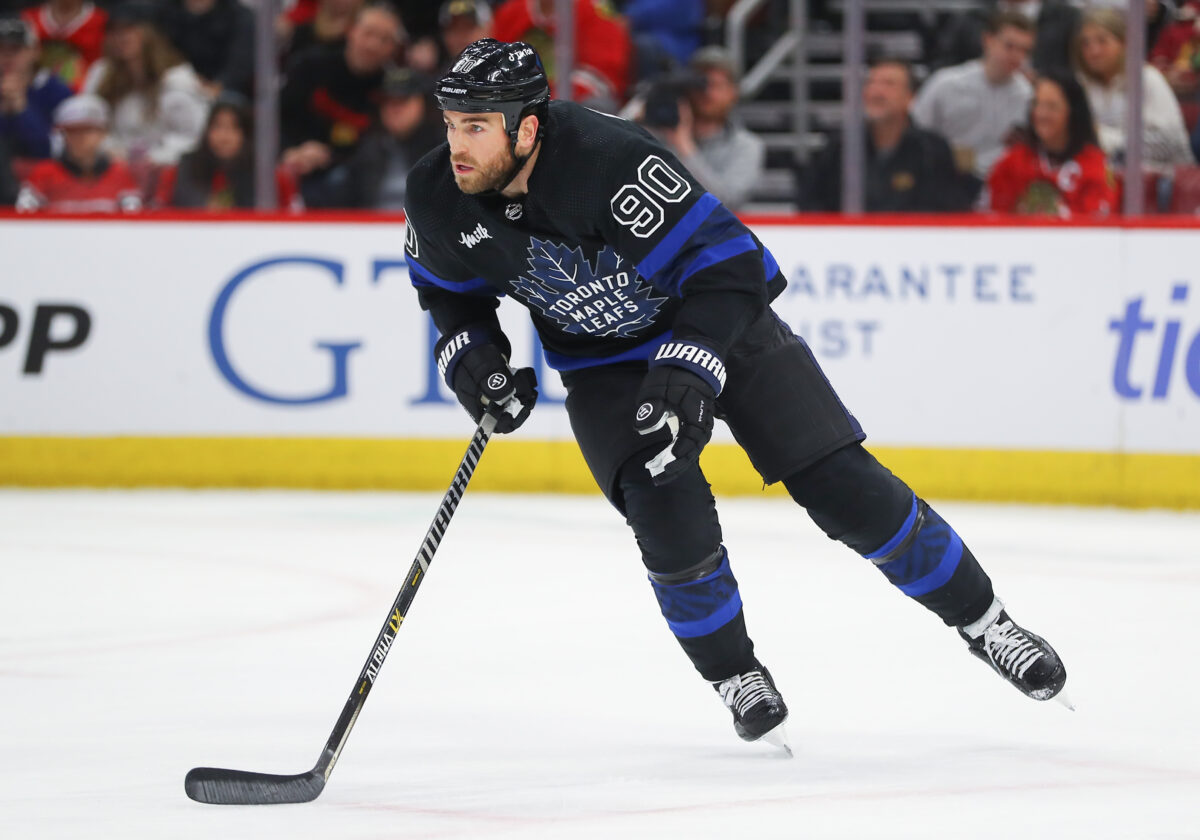
As always, trades like these are gambles. In this case, going “all in” seems to be a huge gamble. However, given the history and the team’s circumstances of aging stars or players in their prime who might have a limited shelf life in Toronto, it seemed logical to work the trade wires this season, especially.
Related: 2000 NHL Draft: 21 Goalies Selected Before Henrik Lundqvist
Now, after all these trades (at least thus far), the questions remain: Will the trades be worth it? Will these trades help the Maple Leafs win more games? Can the team make a long Stanley Cup Final run?
A Bit About How Academic Researchers Work
In my life as a long-time academic (more than 50 years now), asking and answering research questions was part of my job. As a part of doing research, a researcher works to embed themselves into the previous work other researchers have done to answer similar questions.
That’s called a literature review, which helps ground a current research question into the “literature” (other research that has been done and written about in the past).
Knowing what other researchers have found offers some insight into an answer to a particular question. Then, as a researcher, the work is to engage one’s specific research question, as a way to collect data and discover an answer.
The Current General Research Question
The current research question is: “When a trade happens in the NHL to bring better players to a team, does that help the team play better?”
Related: Would Maple Leafs’ GM Kyle Dubas Trade a Top Prospect? YES!
There is pretty recent research that offers some answers to the question of whether trades (in general) help a team to play better. Specifically, I’ll discuss four research studies that have been conducted that offer some insights into the impact of trades on an NHL team’s performance.
Study One: Examining the Impact of Midseason Trades
One study published in the Journal of Sports Economics (2018) examined the impact of midseason player trades on NHL team performance. The study covered the time span from the 2005-06 season to the 2014-15 season. [Kahane, L. H., & Shmanske, S. (2018). Do trades help sports teams improve? The impact of midseason player acquisitions on performance in the National Hockey League. Journal of Sports Economics, 19(8), 1118-1140.]
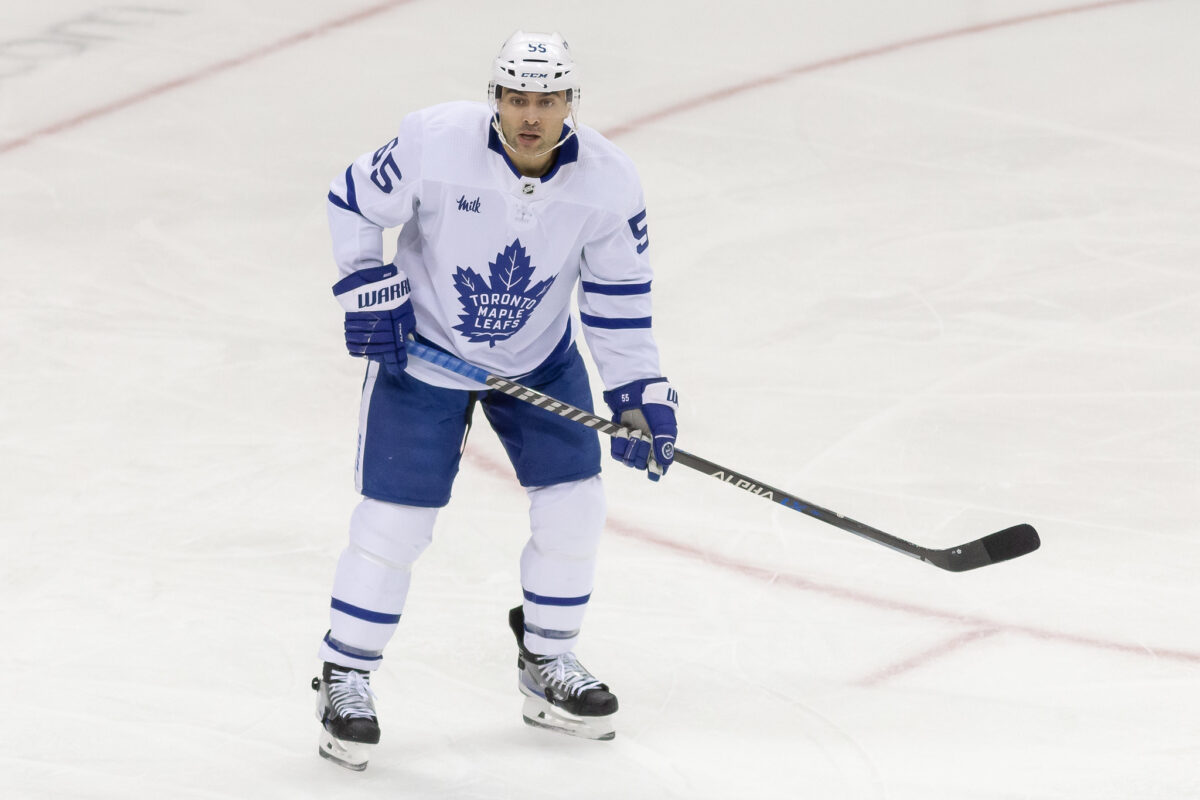
(Jess Starr/The Hockey Writers)
This study found that, overall, trades had a positive effect on team performance in the short term. That was particularly true for teams that were struggling before the trade. However, the positive effect of a trade tended to diminish over time. That study suggests that the motivation boosts from trades might be temporary and short-term.
Study Two: Examining NHL Roster Turnover
Another study published in the International Journal of Sports Science and Coaching (2015) studied the impact of roster turnover (including trades, retirements, and other player movements) on NHL team performance. The study covered the time span from the 2004-2005 season to the 2012-2013 season. [Maxwell, J. P., & Steele, J. R. (2015). Roster turnover and team performance in the National Hockey League: a longitudinal investigation. International Journal of Sports Science and Coaching, 10(2-3), 411-426.]
Related: Worst Toronto Maple Leafs Trade
This study found that roster turnover had a negative effect on team performance in the short term. That finding was particularly applicable for teams with high levels of turnover. However, the negative effect tended to be less pronounced over time. The study suggests that teams will eventually adjust to roster changes.
Study Three: When High-Quality Players Came to New Team
A third research study on the impact of trades looked at what happened when a team brought in what were considered “quality players.” This study focused on the impact these trades had on the current players on the team.
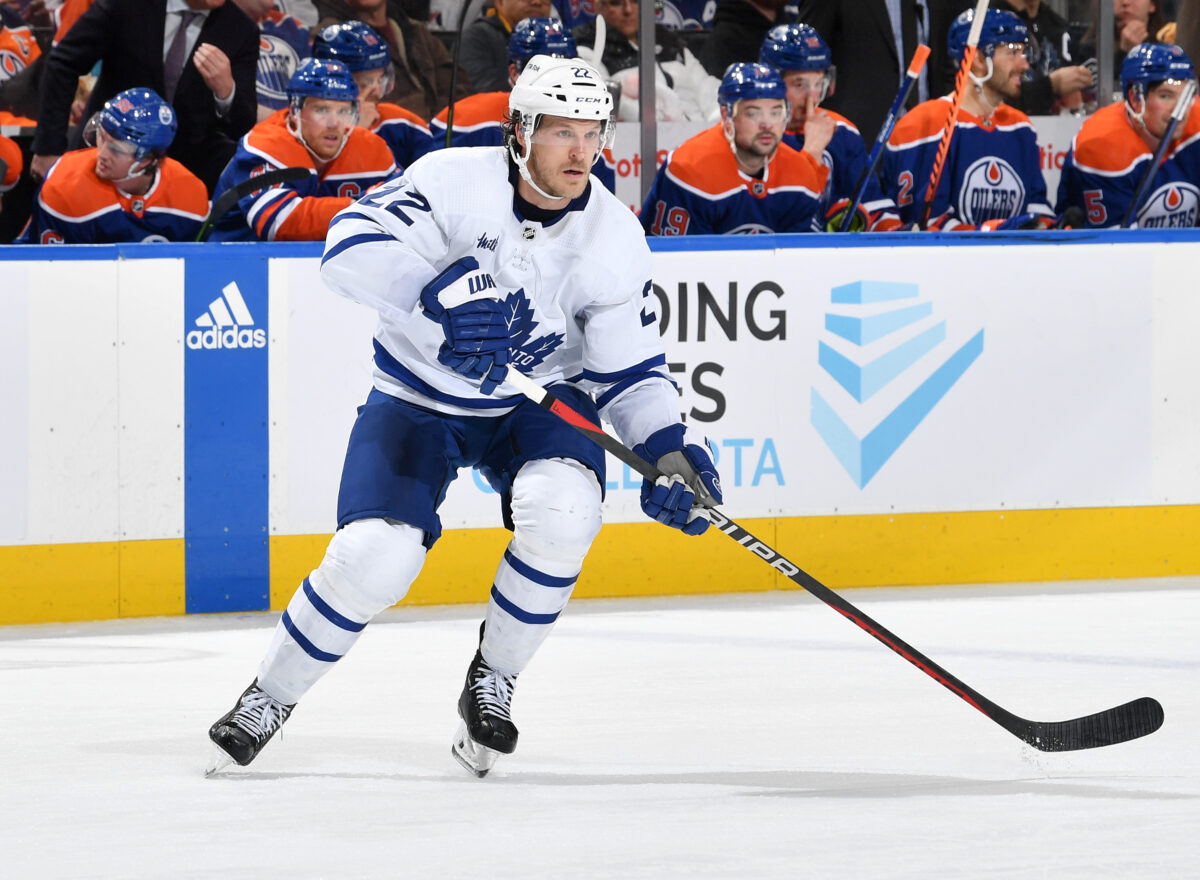
(Photo by Andy Devlin/NHLI via Getty Images)
This third study, published in the Journal of Quantitative Analysis in Sports (2020), examined the impact of in-season player acquisitions on the performance of NHL teams over the remainder of the season. [Ma, J., & Taylor, J. B. (2020). In-season player acquisitions and team performance in the National Hockey League. Journal of Quantitative Analysis in Sports, 16(3), 115-132. doi: 10.1515/jqas-2019-0134]
The study found that trades for “high-quality” players led to significant improvements in team performance. This was especially true in two key areas – goal-scoring and penalty-killing. However, it motivated improvements in other areas as well.
Study Four: The Impact of Trades on Player Performance
A final study published in the Journal of Sports Economics (2019) examined the impact of NHL trades on the performance of individual players. The study found that players who did not get traded often experienced a decline in their performance following a trade. Interestingly, the researchers attributed those declines to an increased competition for roster spots and ice time. [Dobson, S., & Goddard, J. (2019). The impact of trades on individual National Hockey League player performance. Journal of Sports Economics, 20(8), 1042-1056. doi: 10.1177/1527002518815719]
Related: Vancouver Canucks Should Not Trade for Milan Lucic
The study also found that players who were traded often experienced improvements in their performance. That suggested that the new environment, increased opportunities, and increased responsibility were motivating factors in player success – at least in the short term.
Applying These Findings to the Current Maple Leafs Team
What do these findings suggest for the Maple Leafs? Overall, the research findings suggest that trades in general have a motivating impact on the play of a team in the short term. And, for the Maple Leafs, being “All In” is a focus on just that – short-term success.
Specifically, the trades for high-quality players positively impact team performance. However, these trades might also lead to increased competition and potential performance declines for some players on the team. That finding goes against the traditional NHL wisdom that increased competition (for example, having young players fight hard for a spot on the Maple Leafs’ fourth line) improves player success. [That’s what academics call an invitation for a new research study.]
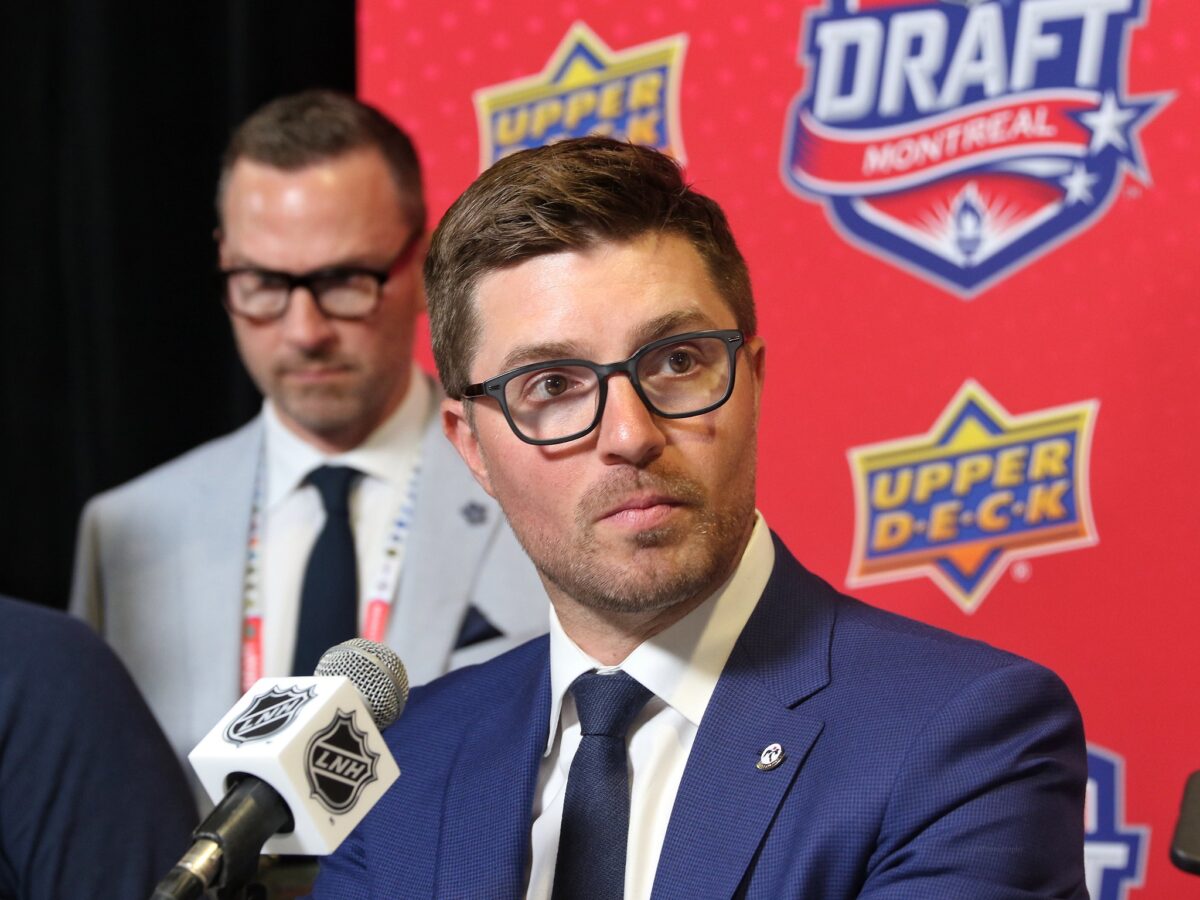
(Amy Irvin / The Hockey Writers)
The findings suggest that, over the short term, the trades (in general) will help the Maple Leafs’ performance improve. That said, there are two caveats on what this research might mean.
First, all other NHL playoff contenders are making trades with a similar purpose. The Maple Leafs are not alone. Will these trades be balanced out?
Second, although some findings suggest that trades can have a positive impact on team motivation and performance in the short term, that all depends upon the specific players brought into the team and how they fit into the team’s needs.
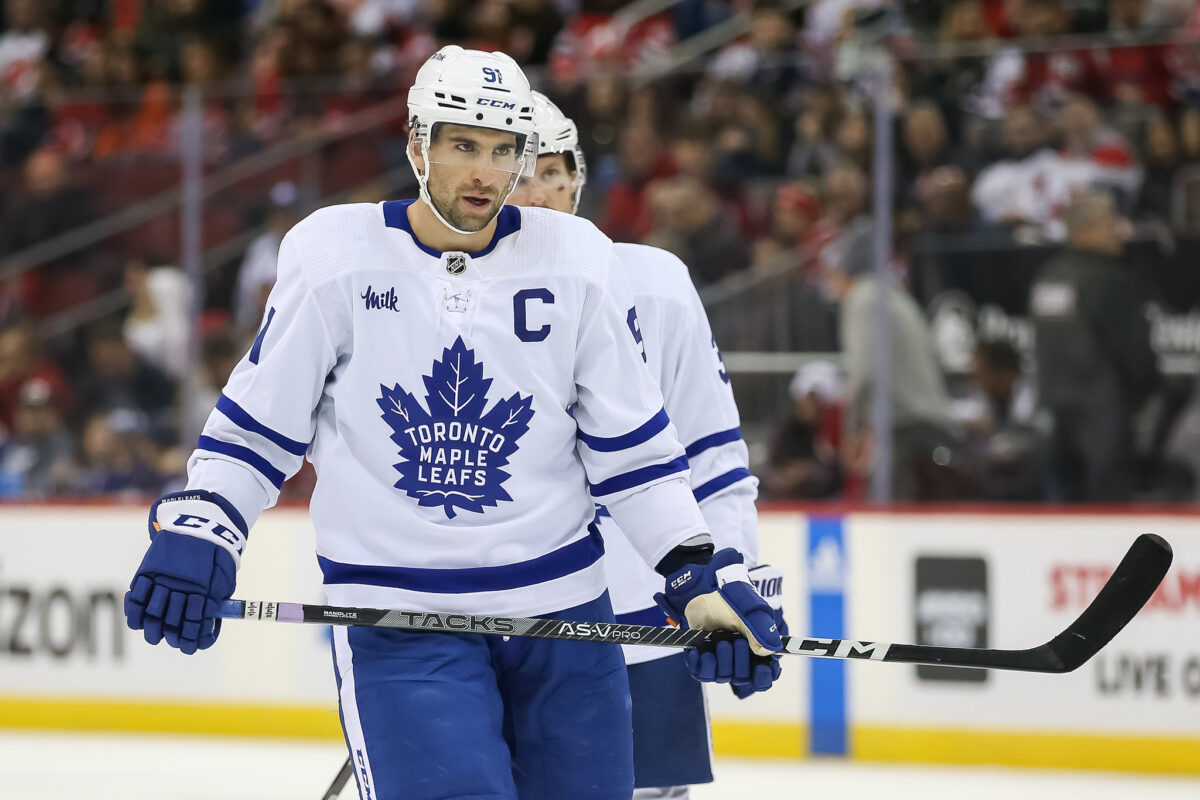
It also depends on the timing of the trade. In that, Dubas seems wise to be done his trading prior to the trade deadline. That allows the team to develop chemistry or get players accustomed to playing with each other and within the team’s systems.
In the End, The Answers Will Be in the Maple Leafs’ Play
In the end, while research findings can offer generalizations about the success of trades – and specifically suggest that trading is good – the proof is in the pudding.
We will see how the trades actually help this particular Maple Leafs’ team finish in the 2023 Stanley Cup Playoffs.